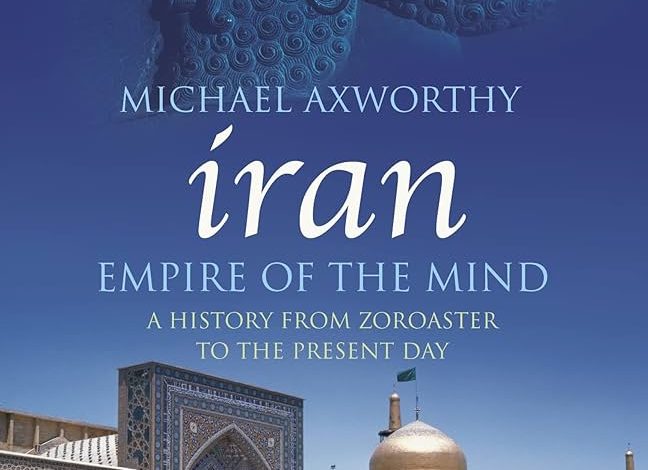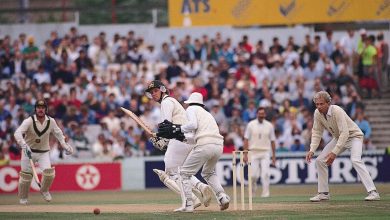Introduction And History of Iran: A Journey Through Time

Iran is a country in the Middle East. It has a rich history and culture. Iran is known for its ancient civilizations and beautiful landscapes. The country has been home to many empires and dynasties.
Geography of Iran
Iran is located in Western Asia. It is bordered by many countries. These include Iraq, Turkey, Armenia, Azerbaijan, Turkmenistan, Afghanistan, and Pakistan. Iran also has a long coastline along the Persian Gulf and the Caspian Sea.
Ancient Persia
The history of Iran dates back thousands of years. One of the earliest civilizations in Iran was Elam. This civilization existed around 2700 BC. The Elamites were known for their advancements in writing and architecture.
Later, the Achaemenid Empire rose to power. This empire is also known as the First Persian Empire. It was founded by Cyrus the Great in 550 BC. The Achaemenid Empire was one of the largest empires in history. It stretched from Greece to India.
The Achaemenid Empire
Cyrus the Great was a wise and just ruler. He is famous for his respect for the cultures and religions of the people he conquered. The Achaemenid Empire had a well-organized administration. It was divided into provinces called satrapies. Each satrapy was governed by a satrap.
The empire had a vast network of roads. The Royal Road was the most famous one. It connected the capital city of Susa to Sardis in the west. This road helped in the quick movement of troops and communication.
The Fall Of The Achaemenid Empire
The Achaemenid Empire fell to Alexander the Great in 330 BC. Alexander’s conquests spread Greek culture across the region. This period is known as the Hellenistic Period. After Alexander’s death, his empire was divided among his generals.
The Parthian and Sassanian Empires
After the fall of the Achaemenid Empire, the Parthian Empire rose to power. The Parthians ruled Iran from 247 BC to 224 AD. They were known for their cavalry and archery skills.
The Sassanian Empire followed the Parthians. It was founded by Ardashir I in 224 AD. The Sassanians are known for their achievements in art, science, and architecture. They built many magnificent palaces and temples.
The Sassanian Empire
The Sassanian Empire was a powerful and prosperous state. It had a strong central government and a well-organized military. The Sassanians were in constant conflict with the Roman and Byzantine Empires.
The Sassanian Empire fell to the Arab Muslim conquest in 651 AD. This marked the beginning of the Islamic period in Iran’s history.

Credit: www.britannica.com
The Islamic Period
After the Arab conquest, Iran became part of the Islamic Caliphate. The Umayyad and Abbasid Caliphates ruled Iran during this period. Persian culture and language continued to thrive under Islamic rule.
Many great scholars, poets, and scientists emerged during this time. Some of the most famous include Rumi, Ferdowsi, and Avicenna. Persian literature, art, and architecture flourished during the Islamic period.
The Safavid Empire
The Safavid Empire was founded by Shah Ismail I in 1501. The Safavids established Twelver Shia Islam as the state religion. This had a lasting impact on Iran’s religious and cultural identity.
The Safavid Empire is known for its beautiful architecture and art. The city of Isfahan became the empire’s capital. It is famous for its stunning mosques, palaces, and gardens.
The Safavid Empire declined in the 18th century. It was followed by the Afsharid, Zand, and Qajar dynasties.

Credit: www.amazon.com
Modern Iran
The Qajar dynasty ruled Iran from 1794 to 1925. During this time, Iran faced many challenges. These included foreign invasions, internal conflicts, and economic difficulties.
In 1925, Reza Shah Pahlavi founded the Pahlavi dynasty. He sought to modernize Iran and reduce foreign influence. His son, Mohammad Reza Shah Pahlavi, continued these efforts.
The Iranian Revolution
In 1979, the Iranian Revolution took place. The monarchy was overthrown, and Iran became an Islamic Republic. Ayatollah Khomeini became the country’s Supreme Leader.
The revolution had a profound impact on Iran and the world. It led to significant political, social, and economic changes.
Frequently Asked Questions
What Is The Origin Of Iran’s Name?
The name “Iran” comes from the word “Aryan,” meaning “Land of the Aryans. “
When Was Iran Founded?
Iran, also known as Persia, dates back to 550 BC with the Achaemenid Empire.
Who Was Iran’s First Ruler?
Cyrus the Great was Iran’s first ruler, founding the Achaemenid Empire.
Why Is Iran Historically Significant?
Iran is significant for its contributions to art, culture, science, and its rich ancient history.
Conclusion
Iran has a rich and diverse history. It has been home to many great civilizations and empires. Each period has left its mark on the country’s culture and heritage.
Today, Iran is a country with a unique blend of ancient traditions and modern influences. Its history continues to shape its identity and place in the world.
| Period | Key Events |
|---|---|
| Elamite Civilization | Advancements in writing and architecture |
| Achaemenid Empire | Founded by Cyrus the Great, vast empire |
| Parthian Empire | Skilled cavalry and archery |
| Sassanian Empire | Achievements in art and science |
| Islamic Period | Flourishing of Persian culture |
| Safavid Empire | Establishment of Twelver Shia Islam |
| Qajar Dynasty | Foreign invasions and internal conflicts |
| Pahlavi Dynasty | Efforts to modernize Iran |
| Islamic Republic | Significant political and social changes |
Key Takeaways
- Iran has a rich and diverse history.
- It was home to many ancient civilizations and empires.
- The Achaemenid Empire was one of the largest in history.
- Persian culture flourished during the Islamic period.
- The Safavid Empire established Twelver Shia Islam as the state religion.
- The Iranian Revolution in 1979 led to significant changes.
Iran’s history is a fascinating journey through time. It is a story of resilience, culture, and identity. The country’s past continues to shape its present and future.




